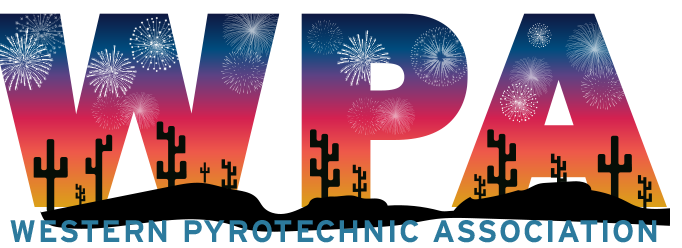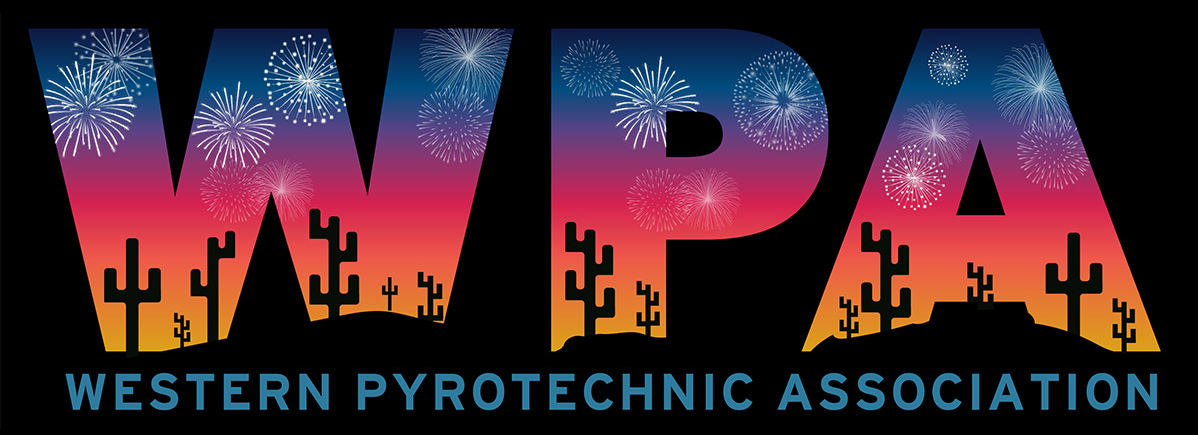Modern Spectacle: Design, Technology, Considerations and Management
Saturday, 02/17
1:30 PM Mountain Time
Eric Tucker | Pyro Pete Cappadocia | Martin Hildeberg
A roundtable discussion, moderated by Peter Rogoz, of show design concepts with some of the most accomplished pyrotechnicians in the world. . . .
Chlorate and Colored Flames in 19th Century Pyrotechny
Friday, 02/16
4:00 PM Mountain Time
Barry Sturman
The addition of potassium chlorate to the pyrotecnist’s stock of ingredients in the early 19th century led to the development of a full range of . . .
Western Winter Blast Orientation for first time attendees
Saturday, 01/27
10:00 AM Pacific Time
Dennis Miele | Michelle Joye | Mike Garrett
Is this your first time at WWB? We’ll discuss what to expect including your arrival on-site, Registration, Seminars and Workshops, volunteering, open . . .
Overview of Pyrotechnics Strobe Mechanics
Saturday, 12/02
10:00 AM Pacific Time
Kurt Medlin | Dominykas Juknelevičius
In this presentation, Kurt and Dominykas describes the burning mechanism behind pyrotechnic strobe light effects. Topics include an explanation of the . . .
Screen Sliced Parlon Bound Stars
Saturday, 09/16
10:00 AM Pacific Time
Mike Gerson
In this Tech Talk Mike Gerson of Skylighter will be showing us how to make red rubber stars using the screen sliced method. These brilliantly burning . . .
Tom Rebenklau Rockets & Precision Headings – Part 1
In this Tech Talk, presented in 2 parts, we will show a special video interview with Tom Rebenklau as he goes through a myriad of custom tooling he . . .
Tom Rebenklau Rockets & Precision Headings – Part 2
In part II of this Tech Talk we will show the rest of a special video interview with Tom as he goes through a myriad of custom tooling he has created . . .
Senko Hanabi: The World’s Greatest Handheld Firework!
Senko Hanabi – Presenters cover the history, chemistry and practical considerations of this beautiful but ephemeral firework. Senko Hanabi has been . . .
Copper(I) Bromide: An Alternative Emitter for Blue-Colored Flame Pyrotechnics
Dominykas will present his study done on CuBr, a candidate emitter for blue flames. Spectra, sensitivity, color properties will be discussed. Dr. . . .
An Introduction and Practical Guide to Using Glitter Mixes
In this seminar, Kurt will present an overview of basic glitter effect types, common formulations, and the role of the various components in glitter . . .
Practical Tips for Using Ematches and Wires When Planning a Show
Without aligning with any firing system, there are several considerations for choosing how to wire effects to firing systems and even simple . . .
Software Requirements
View Recorded Seminar
- To view recorded videos, you must be using a browser newer than 2009. A full list is at the bottom of this page.
- Click the play button in the video frame.
- For the best experience, select full screen in the video window. (The icon and location varies depending on your browser and device).

